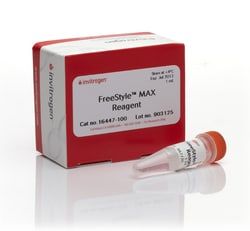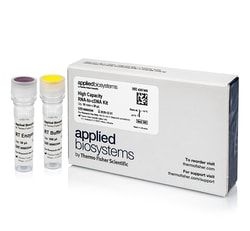7180335
Invitrogen™ Fluorescein-PGC1a Coactivator Peptide, 100 μM
Manufacturer: Fischer Scientific
The price for this product is unavailable. Please request a quote
Content And Storage
Store in freezer (-5 to -30°C).
Label Type
Classic Dyes
Shipping Condition
Dry Ice
Related Products
Description
- Ligand binding to nuclear receptors causes conformational changes in the receptor, resulting in a cascade of events, including dissociation of repressor proteins, association of coactivator proteins, and assembly of pol II and other transcriptional factors for activation of target genes
- TR-FRET based assays can be developed using the LanthaScreen™ panel of fluorescein-labeled coregulator peptides to investigate conformational changes of nuclear receptors upon ligand binding, either by determining the affinity of ligand-bound receptor for different coregulator peptides, or by identifying additional agonists or antagonists via displacement or recruitment of a specific coregulator peptide
- In the LanthaScreen™ TR-FRET RXR beta Coactivator Assay, a terbium (Tb)-labeled anti-GST antibody is used to indirectly label GSTtagged RXR beta protein
- An agonist (9-cis Retinoic Acid) added to the receptor which, upon ligand binding, causes a conformational change resulting in recruitment of the Fl-D22 coactivator peptide
- The binding of the fluorescent coregulator peptide to RXR beta causes an increase in the TR-FRET emission ratio.



